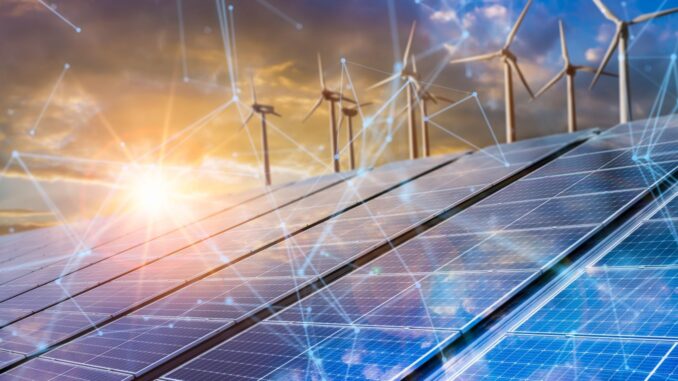
The most common ways to harness renewable energy involve technologies that capture energy from
natural sources like the sun, wind, water, and biomass. Here are the primary methods:








Solar Energy
Photovoltaic (PV) Panels:
Description: Convert sunlight directly into electricity using semiconducting materials.
Common Applications: Residential rooftops, commercial buildings, solar farms.
Solar Thermal Systems:
Description: Use mirrors or lenses to concentrate sunlight to heat a fluid, which generates steam to drive a turbine.
Common Applications: Large-scale power plants, residential water heating systems.
Wind Energy
Onshore Wind Turbines:
Description: Large turbines installed on land to capture wind and convert it into electricity.
Common Applications: Wind farms in open plains, coastal areas, and hilltops.
Offshore Wind Turbines:
Description: Turbines installed in bodies of water (e.g., oceans, lakes) to harness stronger and more consistent winds.
Common Applications: Offshore wind farms near coastlines.
Hydropower
Conventional Dams:
Description: Dams built on rivers to store water in reservoirs; the released water drives turbines to generate electricity.
Common Applications: Large-scale hydropower plants.
Run-of-the-River Systems:
Description: Divert a portion of river flow through a canal or penstock to drive turbines without large reservoirs.
Common Applications: Small-scale hydropower installations.
Pumped Storage:
Description: Water is pumped to a higher elevation during low demand and released to generate electricity during high demand.
Common Applications: Grid energy storage and stabilization.
Biomass Energy
Direct Combustion:
Description: Burning organic materials (e.g., wood, agricultural residues) to produce heat and electricity.
Common Applications: Biomass power plants, residential heating.
Biogas:
Description: Anaerobic digestion of organic waste to produce methane-rich biogas, which is used for heating or electricity generation.
Common Applications: Waste treatment facilities, farms, small-scale power plants.
Biofuels:
Description: Liquid fuels (e.g., ethanol, biodiesel) produced from biomass used for transportation and heating.
Common Applications: Transportation fuels, heating systems.
Geothermal Energy
Geothermal Power Plants:
Description: Use heat from beneath the Earth’s surface to produce steam that drives turbines for electricity generation.
Common Applications: Regions with geothermal activity (e.g., Iceland, parts of the USA).
Geothermal Heat Pumps:
Description: Use stable ground temperatures to heat and cool buildings.
Common Applications: Residential and commercial heating and cooling systems.
Ocean Energy
Wave Energy Converters:
Description: Capture energy from surface waves to generate electricity.
Common Applications: Experimental and pilot projects in coastal areas.
Tidal Energy:
Description: Harness energy from tidal currents or the rise and fall of tides to generate electricity.
Common Applications: Coastal areas with significant tidal ranges.
Ocean Thermal Energy Conversion (OTEC):
Description: Utilize temperature differences between surface and deep ocean water to produce electricity.
Common Applications: Tropical regions with warm surface waters.
Conclusion
The most common ways to get renewable energy typically involve deploying solar panels, wind turbines, and hydropower systems, which are widely used due to their technological maturity and cost-effectiveness. Biomass, geothermal, and ocean energy are also important but are more dependent on specific geographic and resource conditions. The choice of technology depends on local environmental conditions, resource availability, and economic factors.

Leave a Reply